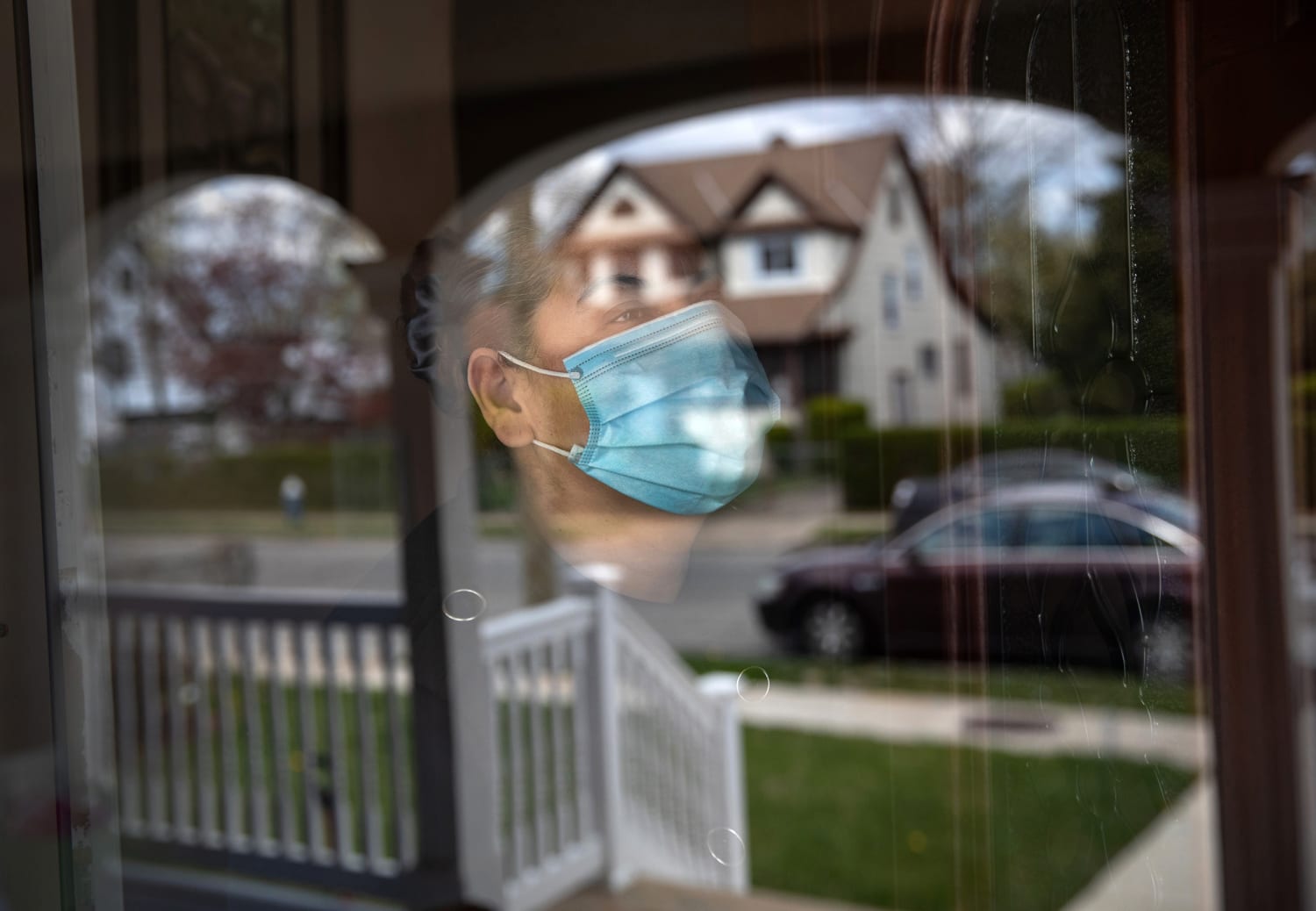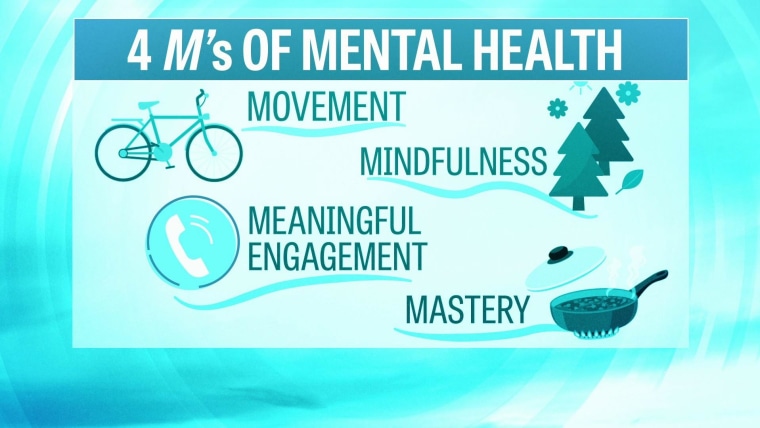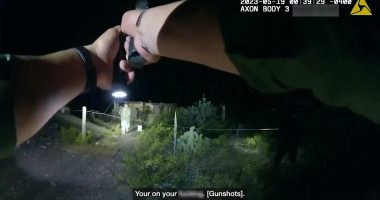Even when there is not a pandemic, winter — with its short days and bone-chilling temperatures — can be a challenging time for mental health.
For an estimated 5 percent of adults in the United States, the mood changes that occur as the amount of natural sunlight decreases are severe enough to merit a diagnosis of seasonal affective disorder.
But this year, as the coronavirus continues to upend daily life, seasonal depression may be much more prevalent, experts say.
Symptoms of seasonal affective disorder include lack of energy and excessive fatigue, persistent sadness, changes in weight and a loss of interest in activities that were previously enjoyable, with symptoms typically starting in the fall and abating in the spring. Its exact cause is not entirely understood, but winter’s earlier sunsets and darker mornings are believed to disrupt the body’s internal clock and produce chemical changes in the brain.
Experts say a confluence of factors related to the pandemic are exacerbating winter depression this year: social isolation, plus stress over things such as health, finances and remote-schooling. Meanwhile, staying at home so much is exposing us to less light.
“Bright, natural light, especially early in the morning, is important to people’s health,” said Dr. Paul Desan, director of the Winter Depression Research Clinic at Yale New Haven Hospital. “Now people are working from home. They don’t get up early and drive into work. They may sleep in. And in their home, illumination is lower — certainly than what you got driving to work — but it’s also lower than the average office.”
“It’s obvious this year is different,” he added. “We are in an incredibly stressful, dangerous period of time with this pandemic. I think a lot of people who maybe before might have just said, ‘I don’t feel quite as well in the winter,’ this year they’re going to come in and seek help.”
A simple treatment
Unfortunately, not everyone who has seasonal affective disorder reaches out for help from a qualified mental health professional, said Dr. Richard Shelton, a professor and vice chair for research in the department of psychiatry at the University of Alabama Birmingham School of Medicine. It’s important to do so with any type of depression, which, left unchecked, can increase the risk of suicide or substance abuse problems.
“The very nature of seasonal affective disorder is such that since it hits you in this energy motivation area, it’s very hard for people to energize themselves to seek out care,” he said. “People don’t generally want to go into clinics. The good news is we’re all doing telehealth. But it’s a labor just to find treatment.”
While there is no clear data on how many people currently have seasonal affective disorder, experts believe it is almost certainly up from prior years.
“A lot of us get tired during the winter months,” Shelton said, adding that seasonal affective disorder is the “extreme form” of that. “You couple that with what we also know is another causal factor for depression, which is multiple stressors, especially over a short period of time, and sure enough, we would naturally expect that this is going to produce a higher rate of depression.”
The further someone is located from the equator, the higher the risk of seasonal affective disorder, due to light cycles being shorter, Desan said. Those who suffer from it tend to report January and February as their most difficult months, according to the American Psychiatric Association.
The good news: Light therapy, which can be done at home with a device that simulates aspects of natural light, is an effective treatment.
Experts recommend purchasing a high-quality light box that is at least 10,000 lux, which is a measure of brightness. To get the most benefit from it, experts recommend using the light box as early in the morning as possible for 30 minutes.
It’s important to see a health care provider before starting treatment. There are generally no side effects to light therapy except in specific cases: for people with bipolar disorder, for example, light therapy can increase the risk for mania. In some cases, antidepressant medication may be the best treatment.
There are other ways to combat seasonal affective disorder while still staying safe during the pandemic, Shelton said.
“Go outside. Get out of your house or apartment and go for a walk,” he said. “Preferably every day and preferably in the morning if you can.”
“Whatever your commute time was before, take a significant chunk of that time to be outside.”
He also recommended beating social isolation with Zoom calls with friends or family and doing activities like game night virtually.
Reaching out to others and getting out of the house are particularly important for those who are working from home now, Shelton said.
“Whatever your commute time was before, take a significant chunk of that time to be outside,” he said. “Just convert the commute time for either time for social interaction or time to go outside and get light exposure.”
If you or someone you know is at risk of suicide, please call the U.S. National Suicide Prevention Lifeline at 800-273-8255, text TALK to 741741 or visit SpeakingOfSuicide.com/resources for additional resources.
Source: | This article originally belongs to Nbcnews.com











